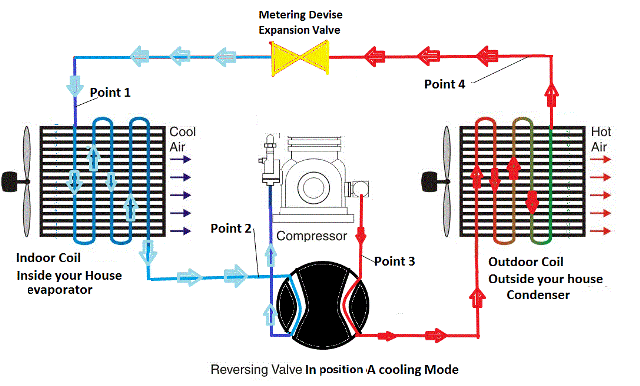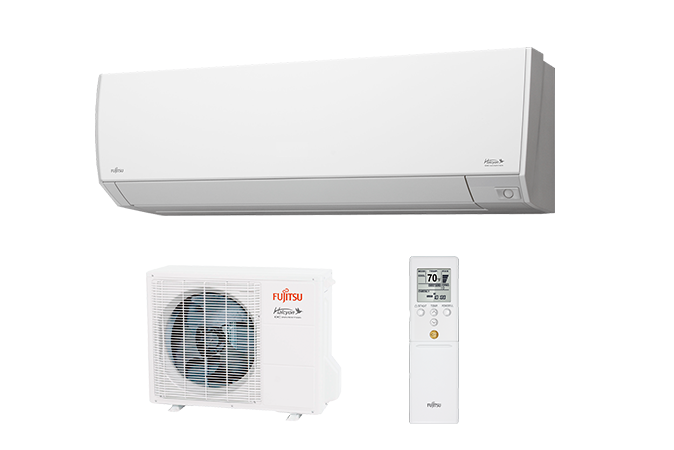The Mind Blowing Physics Behind a Heat Pump
When it comes to heating houses efficiently, America is a ways behind countries like China, Japan, and many parts of Europe where mini split heat pump systems are incredibly popular. Back here in the US, however, they only make up roughly ten percent of the market. Natural gas is so cheap here that in many regions it is the most cost effective way to heat a house. This is unfortunate, because it isn’t nearly as efficient as a heat pump, and natural gas is not a renewable source of energy. In other words, there is a limited supply of it. Many older houses are heated by gas furnaces that are only 65% efficient. This means that of all the gas it burns, only 65% of it actually heats the home. The rest is just exhausted to the outdoors. Newer furnaces are up to 97% efficient, but the furnace in an average home is only 85% efficient. This is unfortunate, because the heat pump in my house, for example, is 533% efficient! For example, if you burned one kilowatt of energy in a 85% efficient gas furnace, it would provide you with 850 watts of heat. One kilowatt of electricity powering my heat pump, on the other hand, gives 5.33 kilowatts of heat! That’s over 6 times as much heat!

So, you might wonder, how is that even possible? How can I get more heat energy out of my heat pump than the electrical energy I put into it? The beautiful answer is that a heat pump doesn’t create any heat at all, actually. It only takes heat that is already existing outdoors and moves it inside. Now you might be thinking, okay that’s great if you want to heat your house on a hot day but where are you going to find heat outside on a cold day? The answer to that question is that there is always heat around us, until you get so cold that you hit absolute zero, which is roughly -460 degrees Fahrenheit. Down to that temperature, it may not feel hot, but there is heat out there, and that heat can be moved inside.

The mechanism that the heat pump uses to move that heat inside is the same mechanism your refrigerator uses to stay cold. Whereas the refrigerator is only capable of moving heat from inside of it to the outside, a heat pump is able to either move heat outside and cool the house or bring it inside and heat the house. All it does is activate a quite simple valve that allows it to operate in reverse.

So now you might be curious, well how does my refrigerator work anyway? A refrigerator, as well as your air conditioner, moves heat by taking advantage of physics. Way back in 1802, Joseph Gay-Lussac discovered that the temperature and pressure of a set volume of gas are directly related. If you have a gas inside a pipe so it can’t be released or added to, and you pressurize that gas using a compressor, it will get hotter. If you raise the pressure so much that it gets hotter than the temperature of the air inside the house, you can pipe it through a coil and it will heat the air that passes by it. In fact, the air that passes it will actually cool the air so much that it will condense into a liquid. Then, if you run that high pressure liquid through a valve that works like a spray bottle, it will lose pressure and get colder again. When you pipe the gas outside, as long as it is colder than the temperature outside, you can again pipe it through a coil and it will gain heat from the outside, eventually getting so warm it evaporates. The cycle is then repeated.

The physics of the heat pump is simple, yet ruthlessly efficient. The heat pump model that I’m using to heat my home, the Fujitsu 9RLS3, can provide all the heat my house needs and then some even if it is -5 degrees Fahrenheit outside. I don’t think I’ve ever even been in weather that cold, let alone lived in it (west coast born and raised). So if you ever have problems with your furnace, think about getting a heat pump instead of replacing it. You will save money in the long run and reduce your carbon footprint at the same time!